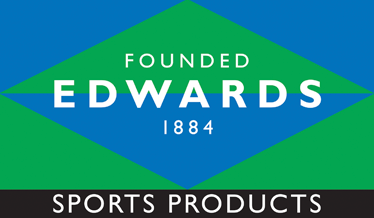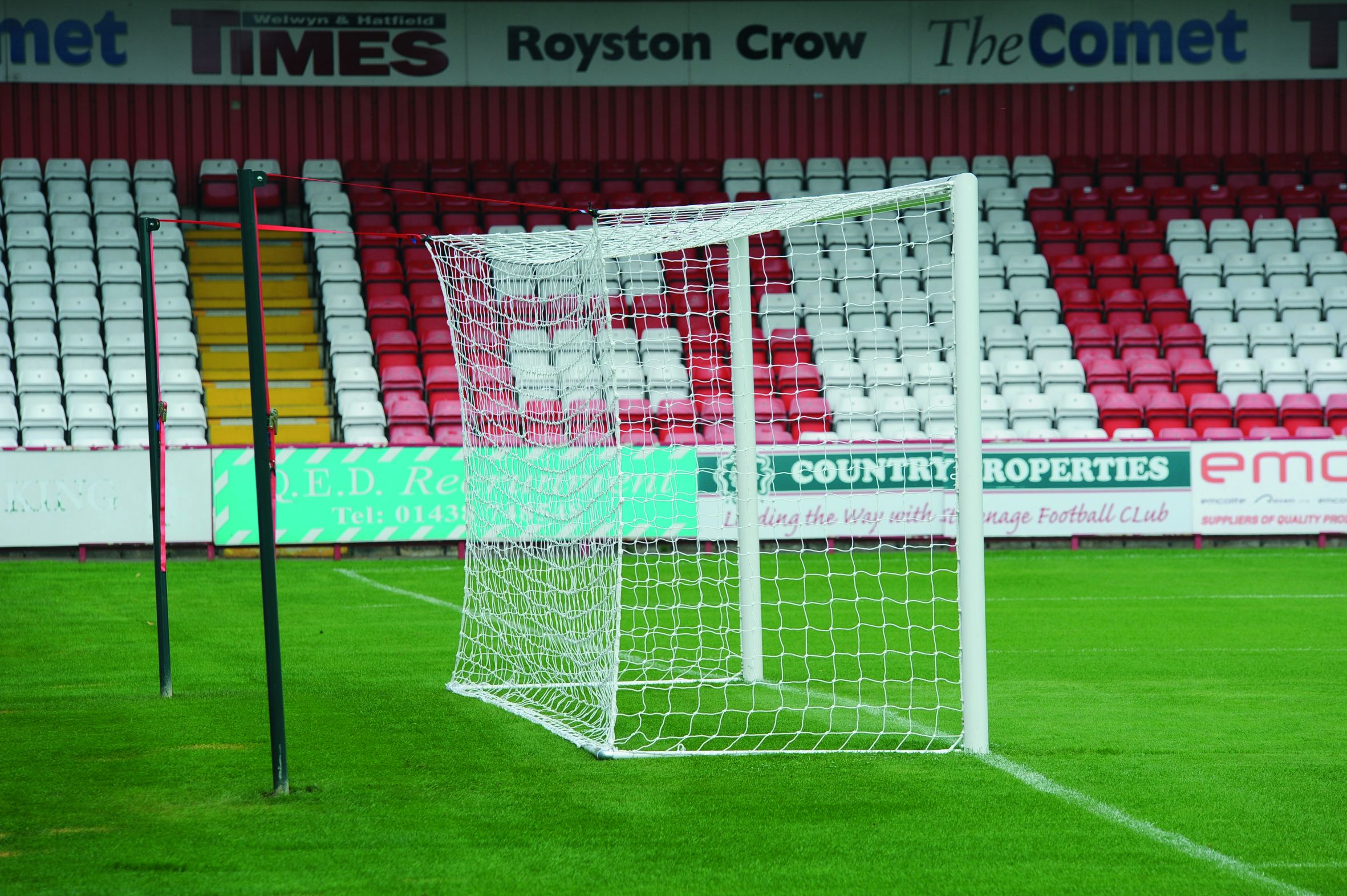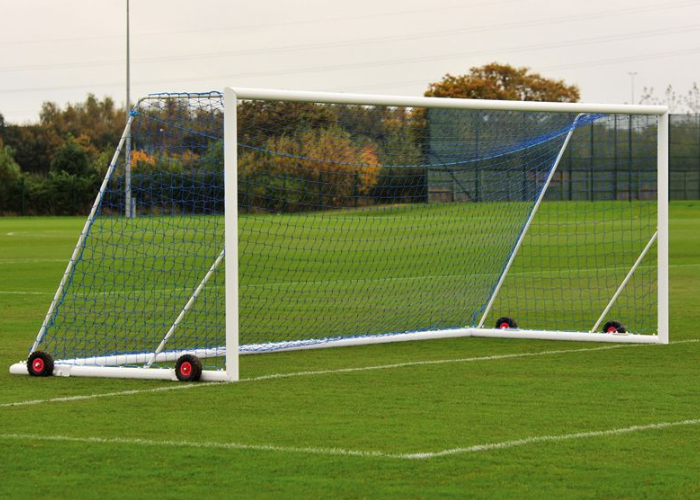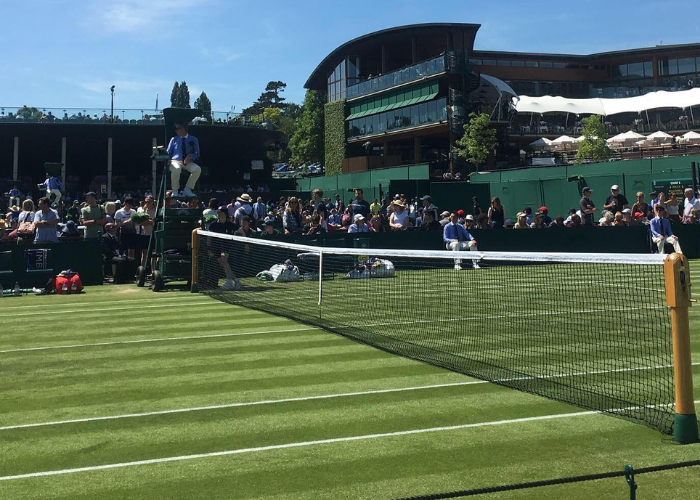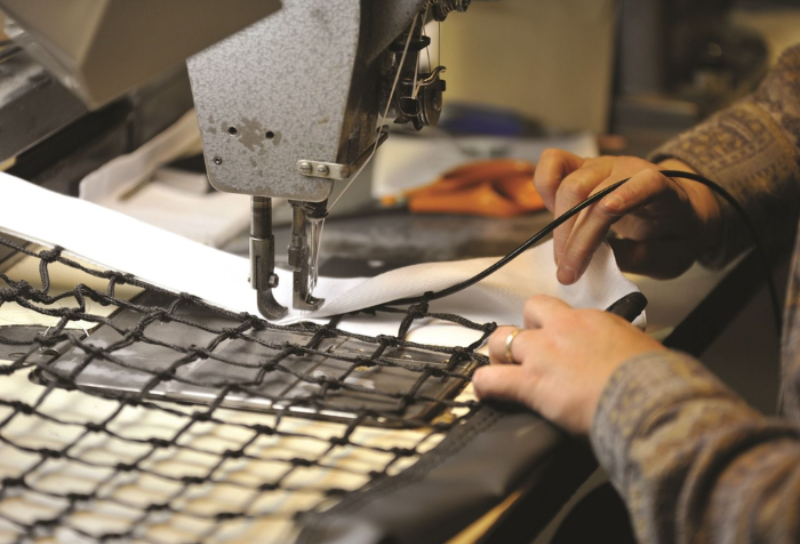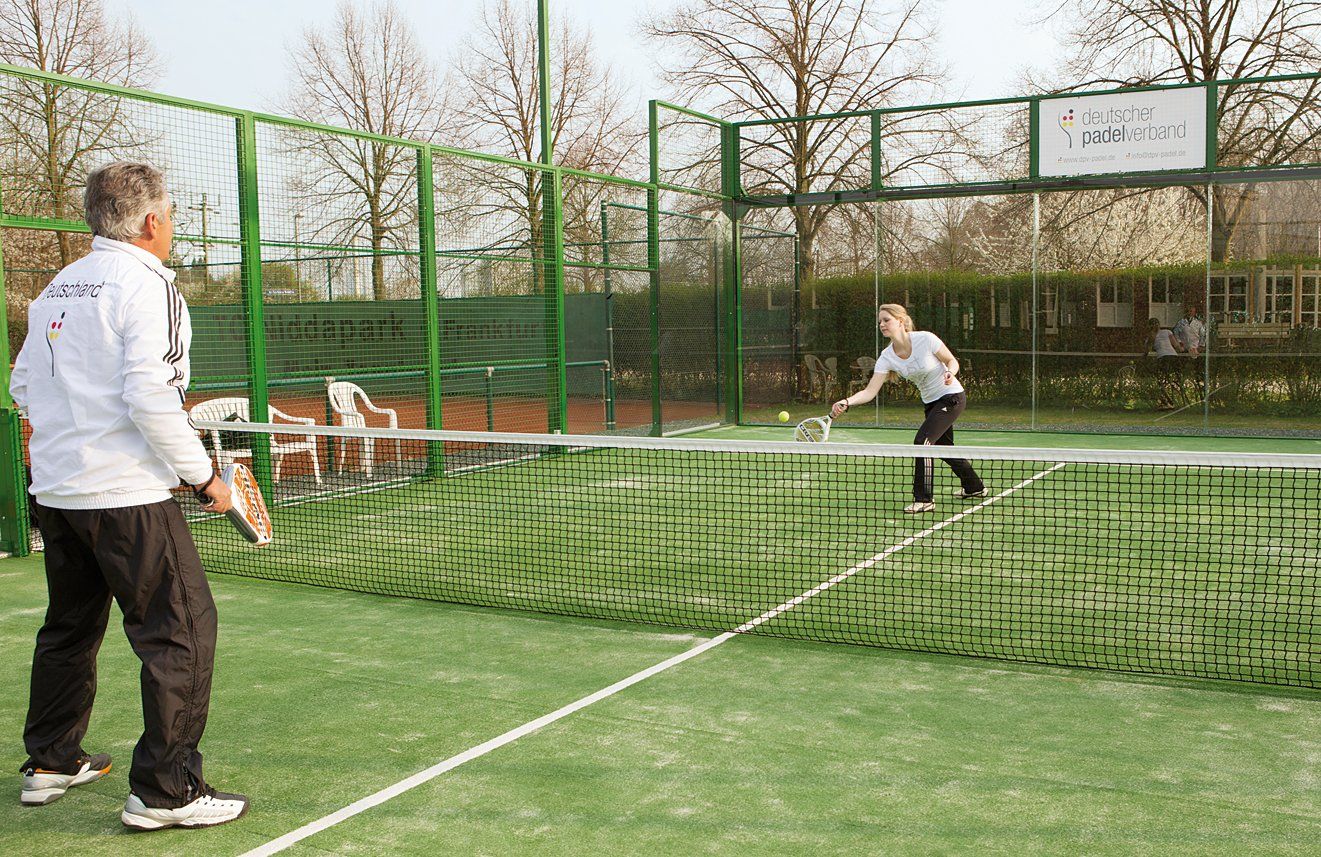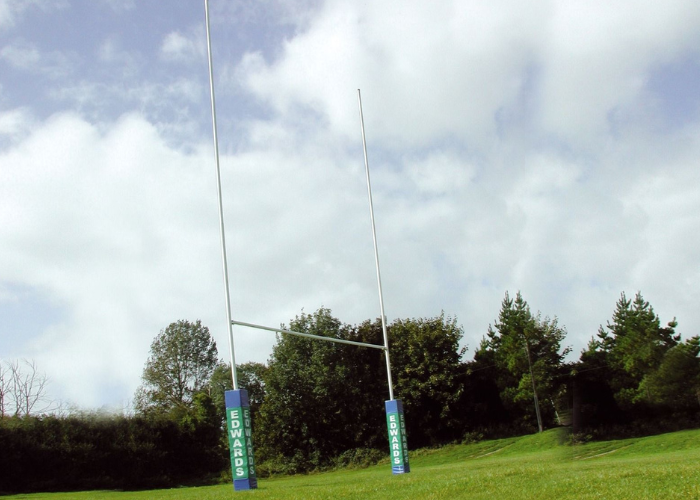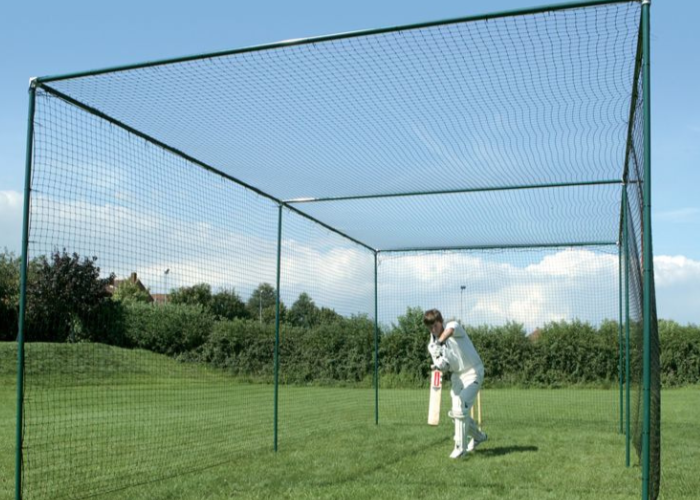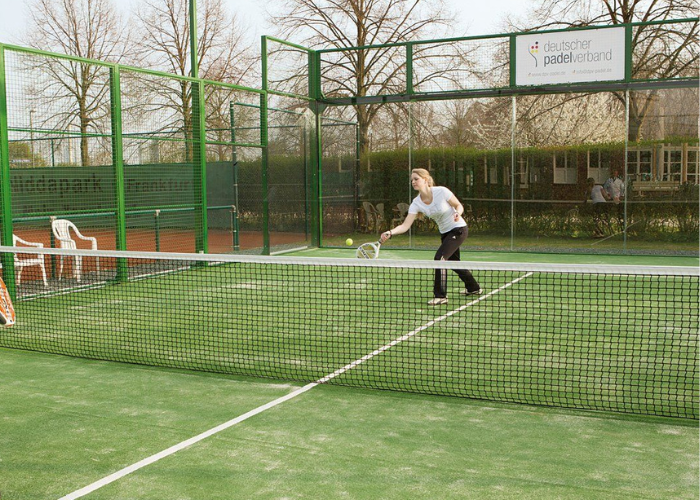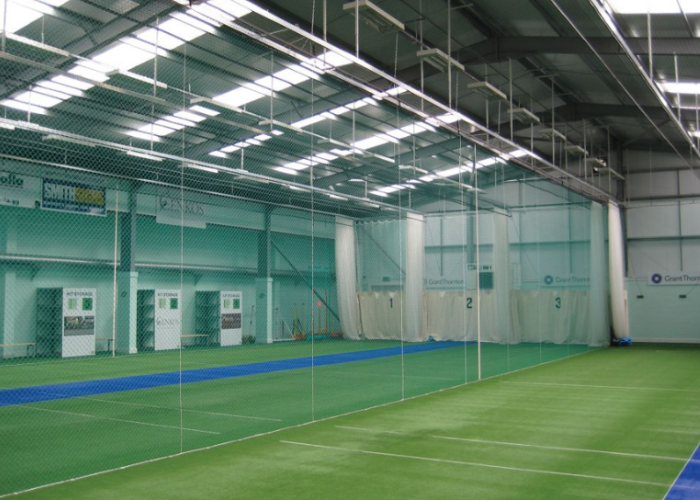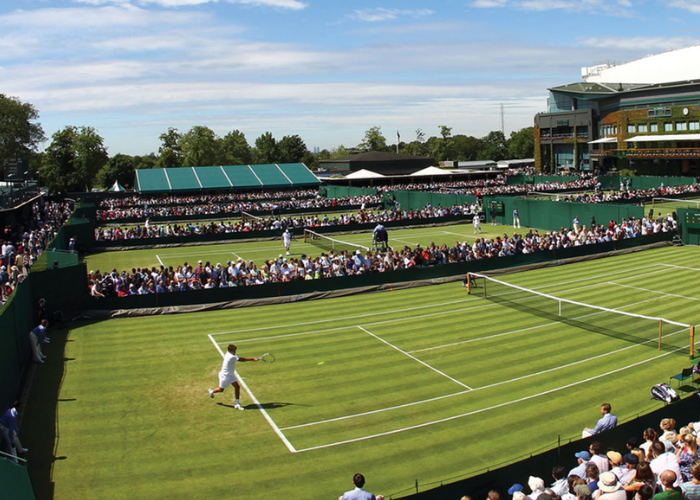We use cookies to make your experience better. To comply with the new e-Privacy directive, we need to ask for your consent to set the cookies. Learn more.
Everything You Need to Know About the 4 Main Types Of Tennis Courts
- Admin
- Blog Posts
- 27 Apr 2022
-
19views
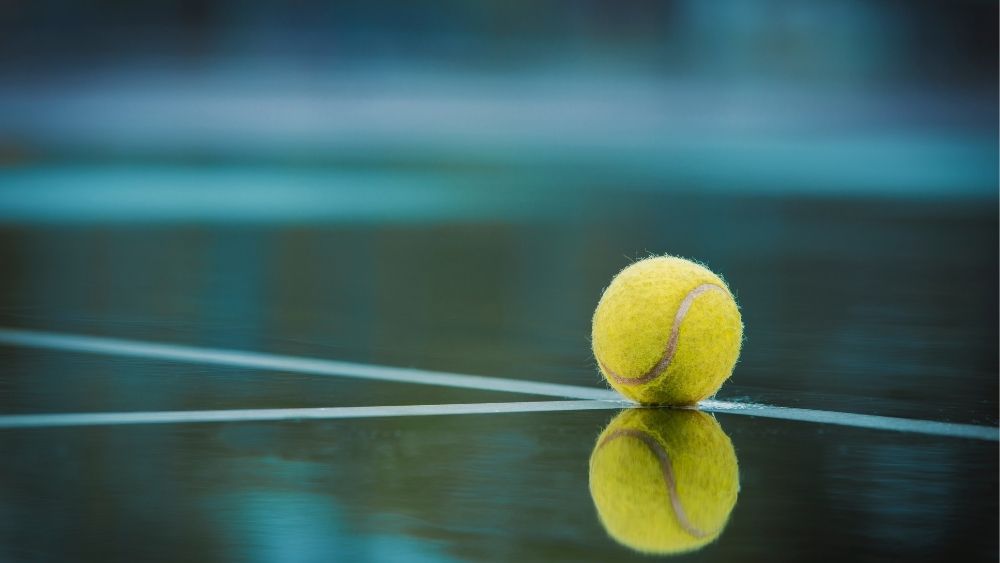
The court surface in tennis is more than just a backdrop; it's a dynamic part of the game that influences every shot. Each surface demands a unique strategy, transforming tennis from match to match, so it's important to understand the main types of tennis courts and how they affect your playing style.
If you enjoy aggressive net play, grass rewards with its low bounce, while clay favours defensive baseline grinders with its high, slow hops. Knowing these differences can help you improve your gameplay in different tournaments.
Keep reading to find out how each surface can benefit your play style, or if you’re just plain curious about the underpinnings of this global sport.
The 4 Types Of Tennis Court Surfaces
Four different tennis court surfaces are commonly used in tournaments, championships, and at the academy level. Each surface type has advantages and disadvantages for players, depending on their style of play.
Grass Surface Courts
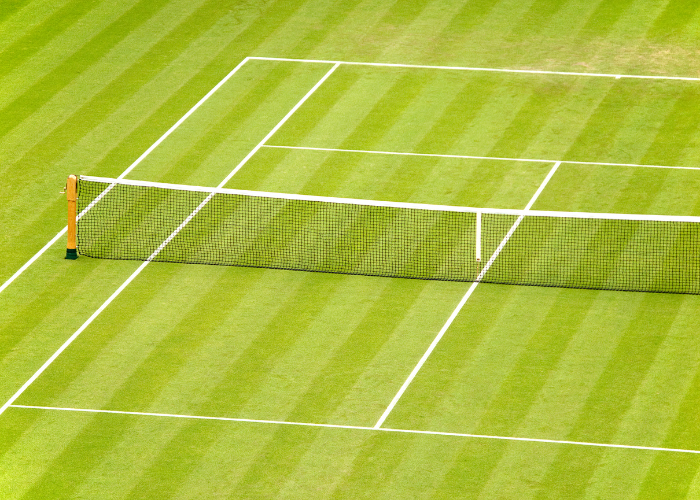
Grass is a popular choice for many people because it's easy to maintain and provides a pleasant playing experience. Grass courts need to be watered regularly and require more maintenance than other types of courts. While grass courts are easy to maintain, they wear out faster than clay or hard courts.
Clay Surface Tennis Courts
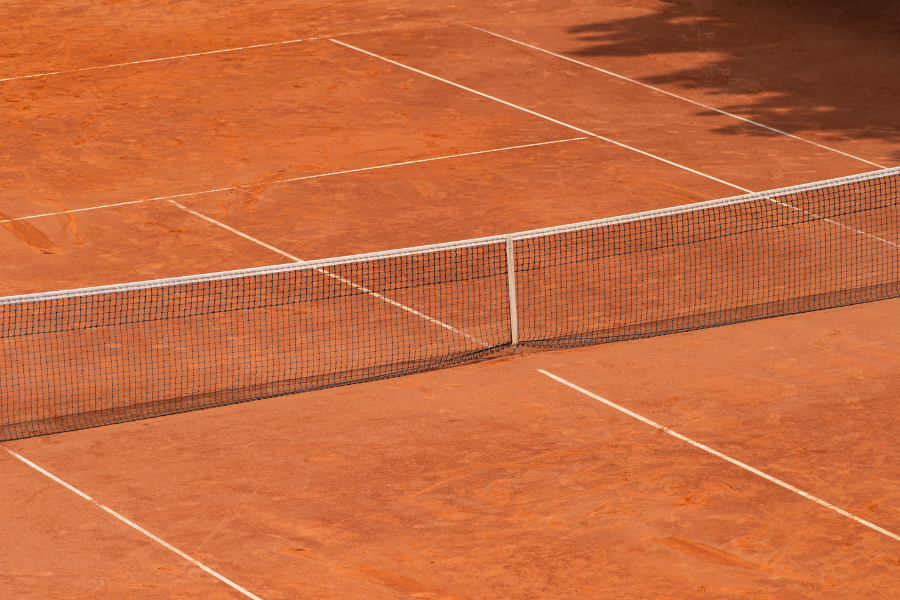
Clay courts provide a unique surface that can be tricky for players who aren't used to the surface type. Clay courts have different friction than other surfaces, so you'll notice changes in speed when playing on this type of court.
This can make it slightly harder for beginners to play on this court type without getting accustomed first, but ultimately, clay courts are perfect for any level of play.
Hard Court Surface
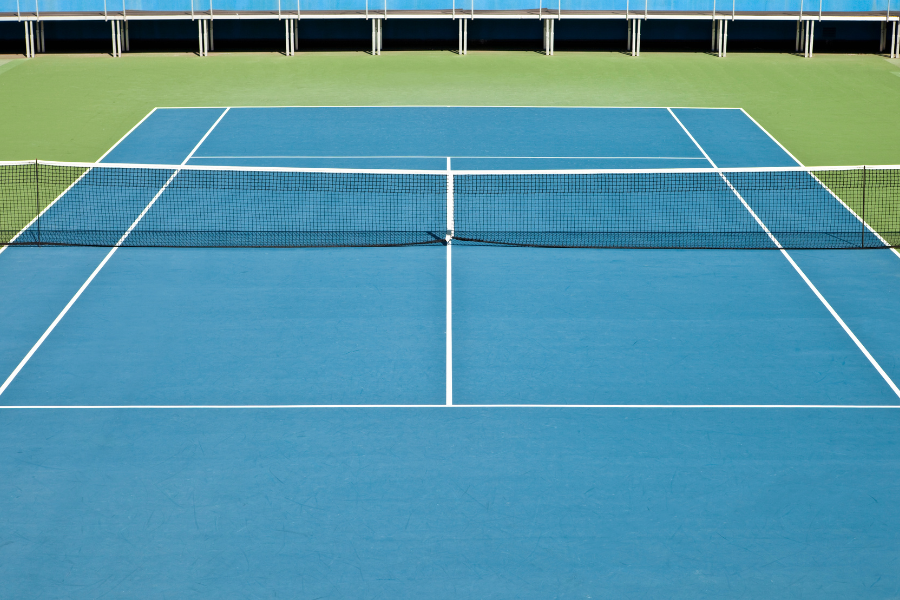
Hard courts are also referred to as composite surfaces because they are made up of rubber granules and sand compressed together into a solid surface. While they're easier to maintain, they don't provide the best playing experience.
Artificial Grass Tennis Courts
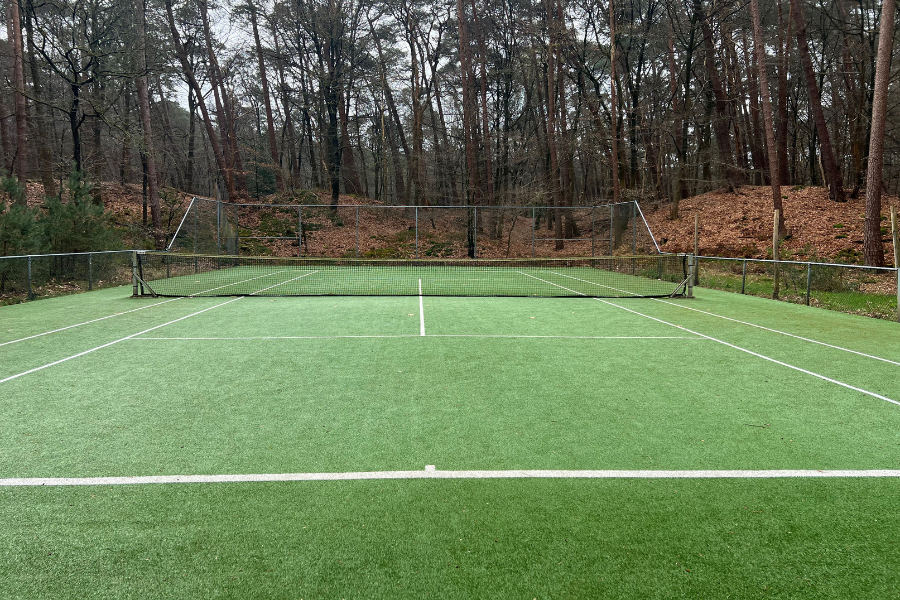
The most recent addition to the list is artificial grass courts, which many people view as a more favourable option because they are environmentally friendly and don't require as much maintenance as other traditional surfaces like clay or hard courts.
Artificial grass bounces, but not as much as real grass or clay surfaces, so it's not an ideal choice for advanced players looking for an intense game of tennis.
|
Fun Fact: Carpet courts were once a popular surface in tennis, offering fast-paced matches. However, concerns over player safety and inconsistency led to their decline. Major tournaments phased them out in favour of hard courts in the 90s, aiming for a more standardised indoor playing surface. |
Improve your court with our tennis court accessories
Advantages & Disadvantages Of Difference Surfaces
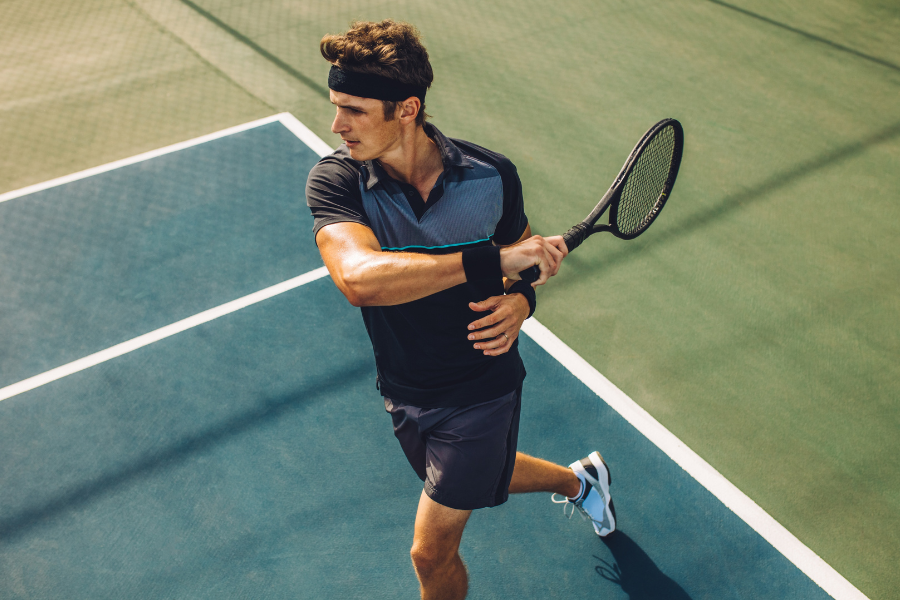
Of course, it’s important to know the ways in which different tennis court surfaces can help and hinder your play. This will help you decide which type of court is best for you when you’re training or just playing recreationally.
Here’s a helpful table of the advantages and disadvantages that each court surface might give you.
| Court Type | Advantages | Disadvantages |
|---|---|---|
| Grass | Durable, affordable, easy maintenance | Not as durable, slower surface |
| Clay | Slower surface, easier to play on | Requires more maintenance, can be expensive |
| Hard | Easy to maintain, common | Faster surface, less forgiving on players |
| Artificial Grass | Low maintenance, can be installed anywhere | Slippery when wet, may not provide an optimal playing experience |
Find out whether clay or hard courts are best for amateur players
How the Weather Effects Play Conditions On Different Court Surfaces
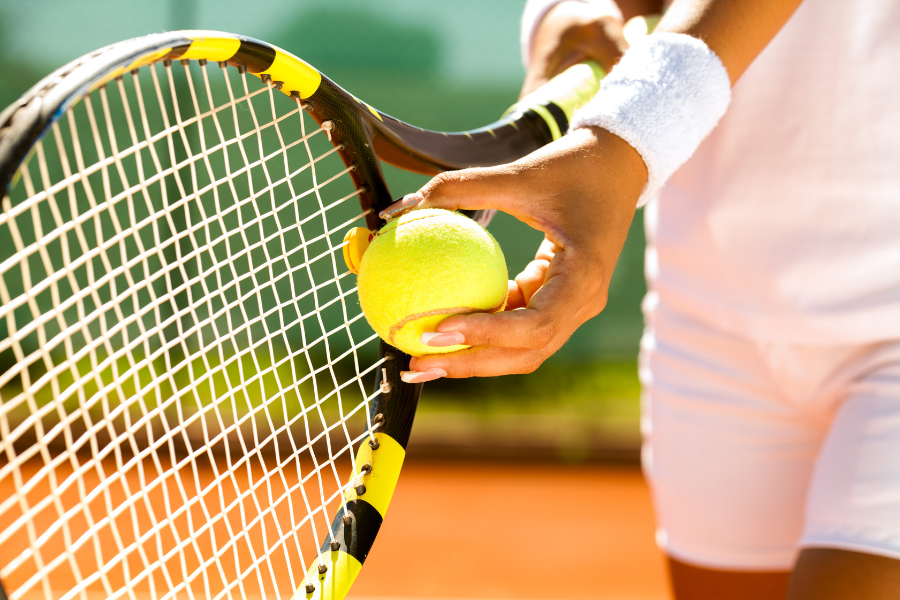
Any outdoor tennis courts are susceptible to being affected by the weather. Before heading to a court, it's important to know how different weather conditions may affect play on the court surface.
| Court Surface | Rainy Weather | Windy Weather | Hot & Dry Weather |
|---|---|---|---|
| Grass | Rain is the biggest enemy of grass courts. Even light showers can make the surface slippery and affect the ball's bounce. | Wind can also be a major factor, making it difficult to control the ball. | Hot, dry weather can cause the grass to dry out and become less consistent. |
| Clay | While clay courts are less affected by rain than grass, heavy rain can make the surface too soft and slow. | Wind can impact the ball's trajectory, but less dramatically than on grass. | Hot, dry weather can cause the clay to become hard and fast, altering the bounce. |
| Hard Courts | Hard courts are generally less affected by weather than grass and clay courts. Rain can make the surface slippery, but it usually dries quickly. | Wind can influence the ball's flight, but its impact is often less pronounced. | Extreme heat can cause the ball to bounce higher and faster. |
| Artificial Grass | Artificial grass is designed to withstand various weather conditions. While heavy rain can affect playability, it generally dries quickly. | Wind can impact the ball's flight, similar to natural grass. | Extreme heat or cold can slightly affect the ball's bounce. |
Understanding Your Player Skills & Which Court Is Right for You
When you're trying to choose the right tennis court, one key point is your player skill level. Are you a beginner, intermediate, or advanced player? Every type of tennis court has its own set of challenges according to the player's skill level.
Style of Play for Grass Courts
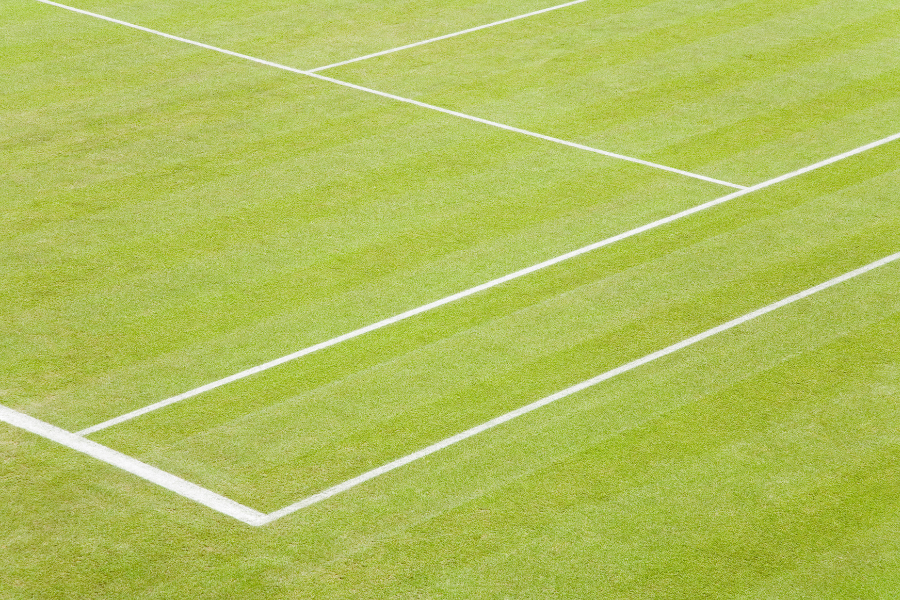
Grass courts demand an aggressive, attacking style of play. Players must be quick on their feet, possess a strong serve, and excel at volleying. The low bounce favours net play and quick points.
Consistency is crucial, as the slippery surface can lead to unpredictable bounces. Advanced players with good volleys and serves thrive on grass, while beginners may struggle with the pace and low bounce.
Upgrade your court with our professional tennis nets
Style of Play for Clay Courts
Clay courts favour a baseline, defensive style of play. Players must possess excellent footwork and endurance to cover the court effectively. Topspin is crucial to generate depth and control.
Rallies tend to be longer and more physical. Patience and mental toughness are essential for success on clay. While all levels can enjoy clay, experienced players with strong groundstrokes and defensive skills often excel.
Style of Play for Hard Courts
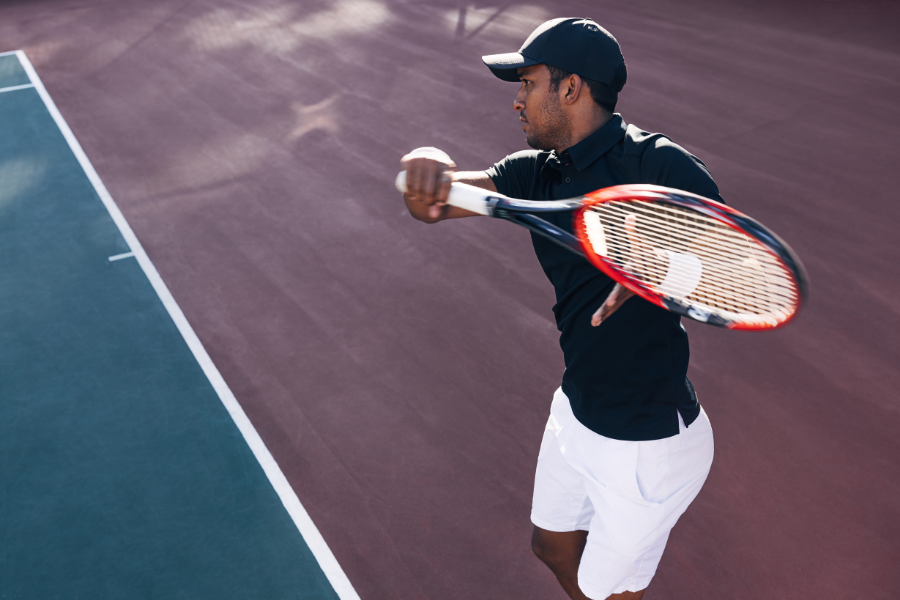
Hard courts cater to a variety of playing styles, from aggressive baseliners to all-court players. A powerful serve and groundstrokes are essential as the ball bounces higher and faster. Good volleys and net play are also valuable assets.
The surface is generally forgiving, allowing players to generate power and spin. While suitable for all levels, hard courts often favour players with athleticism and a complete game.
Style of Play for Artificial Grass Courts
Artificial grass courts offer a balance between grass and hard courts. They typically play faster than clay but slower than traditional grass. A combination of baseline power and net play is effective.
Good volleys and serves are advantageous, but players need to be comfortable rallying from the baseline as well. The surface is generally consistent, allowing for various playing styles. While suitable for all levels, players with a versatile game often excel on artificial grass.
What Shoes Do You Need for the Different Tennis Courts?
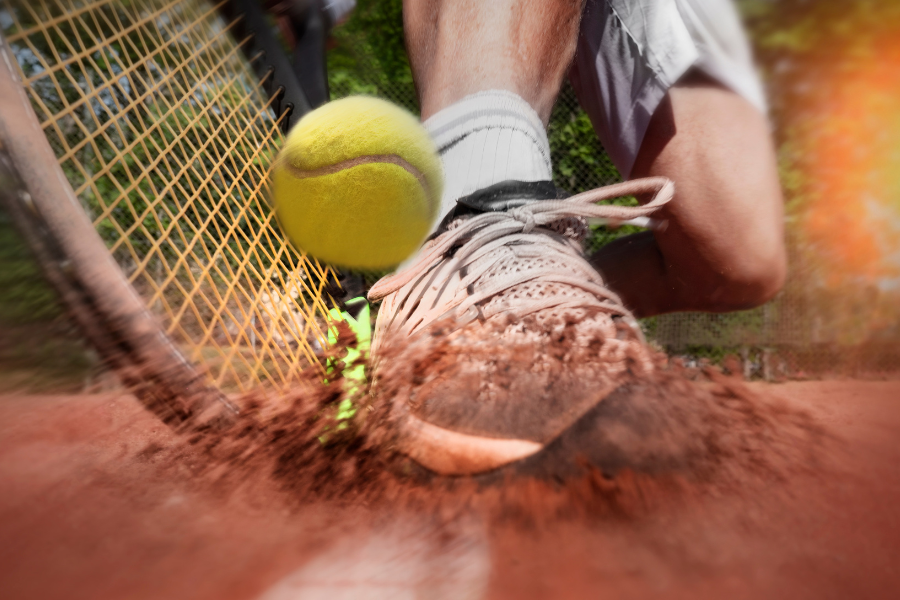
When booking a tennis court, the first thing you'll need to know is what kind of shoes you'll need to get the support you need and avoid damaging the surface. Ultimately, you'll need a different shoe for grass and artificial grass courts than you will for clay or hard courts.
Grass and hard courts have less friction, so running is easier. Shoes with good traction are required for this type of surface.
Conversely, clay courts require a very specific type of shoe because they can be slippery, making it difficult to run.
If you're not sure what type of court to play on or which shoes to wear, check out this tennis shoe guide that breaks down what each court requires.
Final Thoughts: What Kind of Tennis Court Surface is Right For You?
Not all tennis courts are created equal. There's a lot to consider when choosing the right type of court for you. Think about the pros and cons of each, and find one that meets the needs of your experience and your play style.
Once you know what each surface offers, it's easy to determine what you're looking for at your local tennis club or what surface should be used on your at-home court.
Get the most out of your tennis at any level and learn why different types of tennis balls affect your game.
FAQs
What is a Hard Court in Tennis?
A hard court is a tennis court made of concrete or asphalt covered with an acrylic layer. It's known for its fast pace and consistent bounce.
Why Were Carpet Tennis Courts Banned?
Carpet tennis courts were banned due to safety concerns. The slippery surface made players prone to injuries. Additionally, the playing conditions were inconsistent, leading to unfair advantages for certain players.
Why Are Tennis Courts Blue Instead of Green?
Blue courts offer better visibility for players and spectators. The contrast between the blue surface and the yellow tennis ball is more distinct, making it easier to track the ball's movement.
Why Can't You Play on Wet Tennis Courts?
Wet tennis courts become extremely slippery, increasing the risk of falls and injuries for players. The ball also behaves differently on wet surfaces, making it difficult to control.




